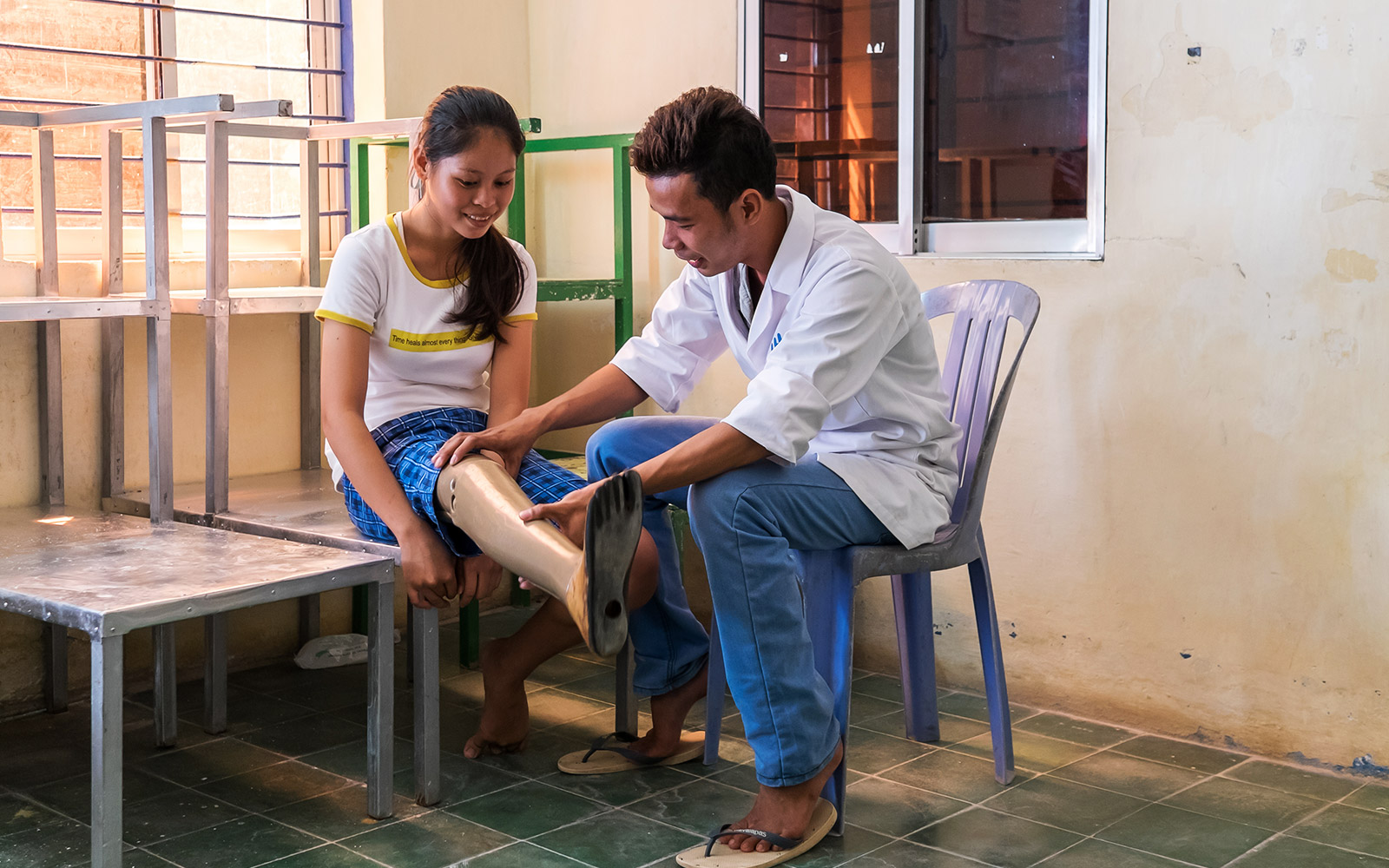HI’s funding and finance management principles




Diverse funding sources
To maintain its independence and ensure the long-term future of its actions, HI relies on three main sources of funding :
- funds raised from the general public through donations, solidarity sponsorship, legacies and sales of craft, fair-trade and co-branded products
- grants from institutional donors (United Nations, European Union, the regional or national branches of international cooperation agencies) or private bodies (foundations, associations, companies)
- HI also draws benefit from its expertise and know-how by charging governmental agencies and international bodies for expertise and consultancy services.
As a result of its mixed funding structure (private donations and institutional funding) and international activity in contexts of crisis, disaster, reconstruction and development, HI’s financial statements cannot easily be compared with those of other types of organisation.
Public generosity: a vital source of funding
Funds raised from the general public not only allow the organisation to directly finance the implementation of its programmes, but also to leverage additional funding for implementing actions on a larger scale.
In fact, institutional donors are usually only willing to provide funding if the organisation is able to co-finance the programme concerned with funding raised from the general public. Public generosity is therefore the driving force behind the funding of HI’s activities.
Pooling donations for greater equity
HI has always made it a rule not to allocate donations to a given programme (except in the case of solidarity sponsorship), but rather to pool donations so they can be used on all of its programmes.
It can thus mobilise funding at any time for wherever needs are greatest and most urgent. This practice of pooling unrestricted funds is complementary to that of institutional donors who designate funds to specific projects.
A reserves policy to ensure financial security
In order to preserve its financial security and that of its actions, HI builds up reserves of association funds and liquid assets.
These reserves enable the organisation to cope with any fluctuations in resources. They also cover the need for working capital caused by the lag time between the implementation of activities and the receipt of institutional funding and allow HI freedom of initiative and independence of action in implementing its social missions. Lastly, these reserves enable the organisation to finance its strategic development projects.
Financial transparency
HI has made financial transparency one of its key management principles. Its objective is to be capable at any time of accounting for the use of all the funds entrusted to it. In addition to internal controls, the Federation and the eight member associations of the organisation undergo numerous external audits. The accounts of each member association are certified by a statutory auditor in their own country, and then the organisation’s combined accounts are signed off by the Federation’s statutory auditor, Ernst & Young. The financial reports on the use of institutional funding produced by the organisation are also frequently audited by external auditors.
Finally, the French Court of Auditors (Cour des Comptes) can at any time audit the Federation, whose headquarters are in France, or the French national association.
Methodology used in establishing the statement of utilisation of funds (CER)
The Statement of Utilisation of Funds, or CER from the French Compte d’Emploi des Ressources, is drawn up in conformity with the French decree of 11 December 2008 and using methodology approved by the Federation’s Board of Trustees.
Using common accounting principles, the CER is established on the basis of the cost accounts produced by each entity in the HI organisation, and in conformity with the regulations in effect.
- Each utilisation heading includes the direct costs and the management costs of the activities concerned.
- International and national staff costs are charged directly to the programme concerned.
- Costs incurred on development education work relate to the social mission and so are classified under that heading. This is the case for the costs incurred by international campaigns to ban landmines and cluster munitions, and the EWIPA campaign aiming to put an end to the bombing of civilians.
- Costs relating to information to the general public (the website, for example) are included under "Administrative costs".
- Exceptional income and expenditure for the financial year are incorporated into each heading of the CER. Provisions and write-backs, together with designated funds, are given after the totals for uses and resources, in accordance with the regulations in effect.
Finally, the heading “Uses of funds raised from the general public" is calculated as the difference between the cost of each utilisation heading and other funding allocated to them (mainly institutional funds).
Photos : © L. Veuve / HI






